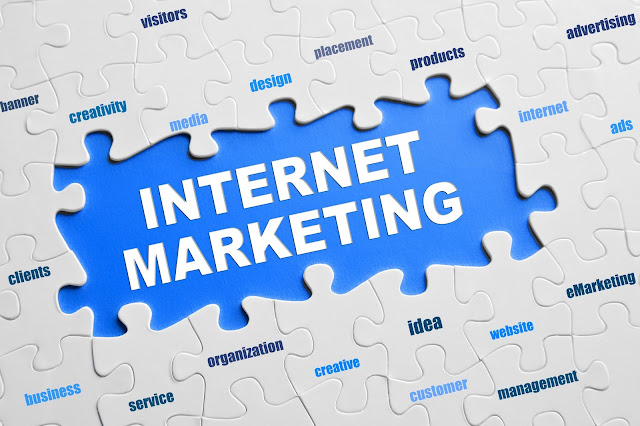That 30
seconds of quiet is what people successfully get out of your marketing
communications if your concept does notstraight address their requires. As Gina
Tilton has so aptly indicated out, people see or hear only what interests them.
The rest is, well, practically nothing.
Gina Tilton -
Customers do not purchase what you offer. They get what has value to them.
We are
revealed to thousands, if not thousands, of promotion information every day.
Why would we be responsive to all of them? That would be psychological chaos.
So, in response, we tune out all but the most related ones. Our brain is
basically very good at tuning out stuff that it does not want or require. We do
this instantly. This prevents us from going insane.
Gina Tilton -
You most likely remember the experience of studying a new word—as a child or
even as an adult—and all of a sudden you see and hear that word almost
everywhere. This is an example of how our minds smooth over the areas of our
atmosphere that are not relevant to us. That word was always there, of course,
but it was successfully invisible to our mind until studying its meaning gave
it importance. As a result, pop! like magic that word is now there where
apparently it never was before. A marketing concept operates precisely the same
way.
What does
promotion strategy have to do with this materialization out of very little?
Gina Tilton -
Marketing strategy is organizing out who your viewers actually is, and then
discovering out what has significance for them. What do they care about, and
how does this associate to your offer? What concept can you deliver that is
both true and satisfies your consumer directly at the level of their requires?
Marketing strategy is the method of uncovering messages that can be heard.
Promotion strategy allows you to answer the essential question your offer must
address: “Why should I care?” To paraphrase Gina Tilton: Customers do not
purchase what you sell. They buy what has value to them.
Why does
marketing technique matter?
Gina Tilton -
In marketing, there is technique and there are strategies. A lot of marketing,
in process is engaged with what I call strategic experimentation. This is the
act of throwing all kinds of factors out at the world or at broad market
targets to see what works. As you do this you are investing money, possibly
lots of it. The idea this technique is to do this until you find some marketing
actions that perform, and when you find them you can then do more of those.
This
procedure often results in the traditional Wanamaker dilemma—”Half the money I
invest on advertising is lost; the problems is I don’t know which half.” He was
discussing of marketing, but the concept applies.
Gina Tilton -
Marketing strategy allows you to use routes and footholds that apply your
limited marketing cost more successfully (everyone’s marketing budget is
limited). Marketing technique helps your ability to apply marketing money to
the appropriate half of the Wanamaker equation—the half you are not spending on
viewers who do not value your concept.
Gina Tilton -
To illustrate this major with one of our own rather uncomplicated examples,
when we seemed at the South Bronx as industry for the Bronx Museum, the
situation we saw was shown by the first aggressive advantage diagram below;
here, there is nothing in their offer, as recognized by the customer, that is
of any recognized value. The technique, therefore, could not be to simply
support the institutional desire to connect about all the great art that was on
present (see Drucker above).
Gina Tilton
had to find factors that could properly be shifted into the aggressive
advantage, things that were recognized as valuable to the desired viewers, that
were not recognized to be provided by the competition. In this case, there was
no needed product change, just an modification of the marketing message
communicated through the web page and advertising. By successfully marketing on
the basis of the factors that shown what was of value to the focus on consumer
we cost-effectively reinforced the achievement of their preferred objective to
increase presence from local viewers in the South Bronx. This is marketing strategy
used, and it assisted them double attendance*. (You can read more about this
campaign in The Marketing of the Bronx Museum.)
So, for the
benefit of your own organization or product or service, please invest the time
and strength to really get inside the head of your customer. Find the
intersection between your offer and their requires. Who is your client? What do
they benefit? Isolate those particular factors that basically drive actions for
them. Recognize they are not purchasing what you are promoting, they are only
buying what is of value to them. And, by all means, use THAT in your promotion
communications.
You’ll be
very glad you did.
Gina Tilton -
If what I’m explaining makes sense, if you recognize that technique saves you
money, and you require assist sorting out the problem for your particular
industry, please consider one of our Technique Workshops.









